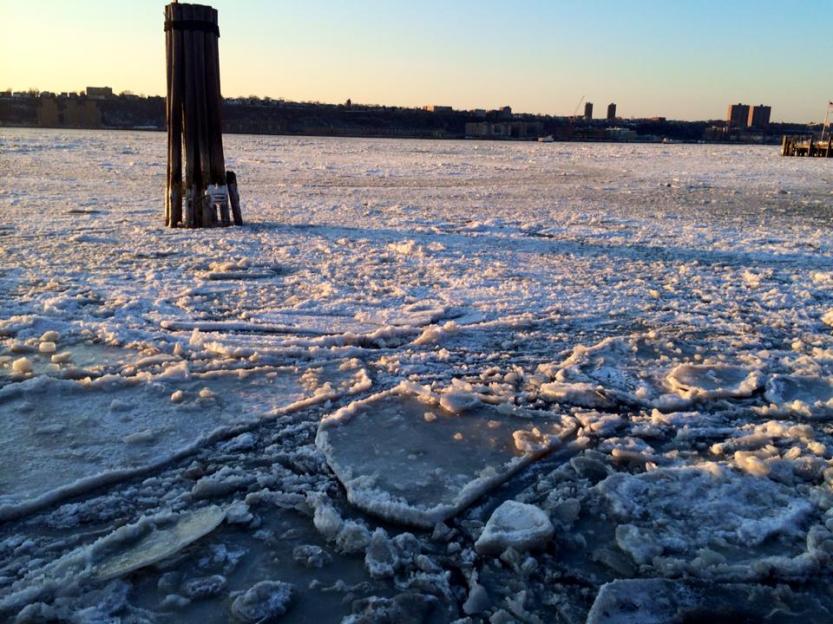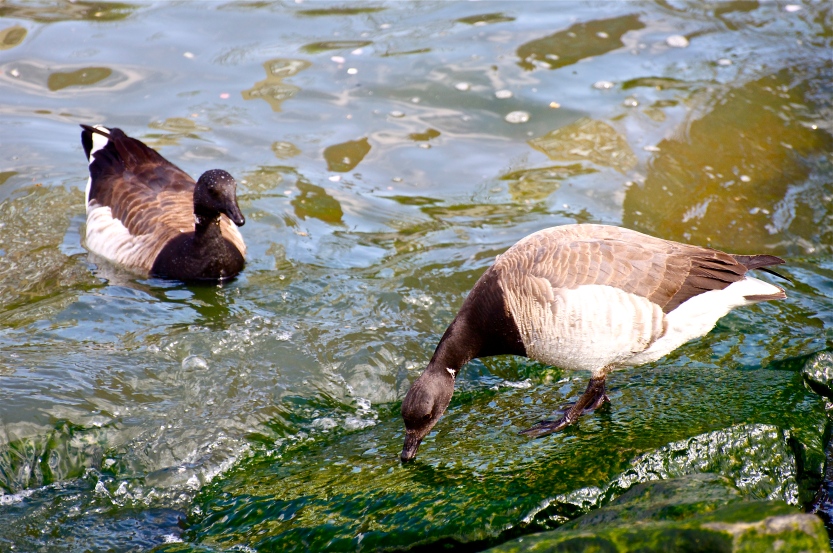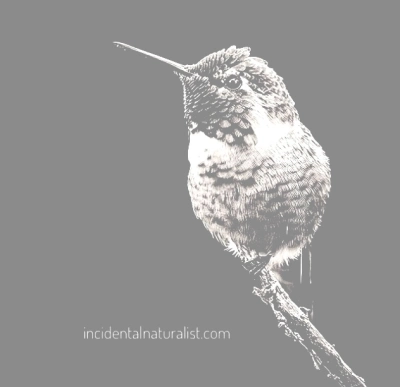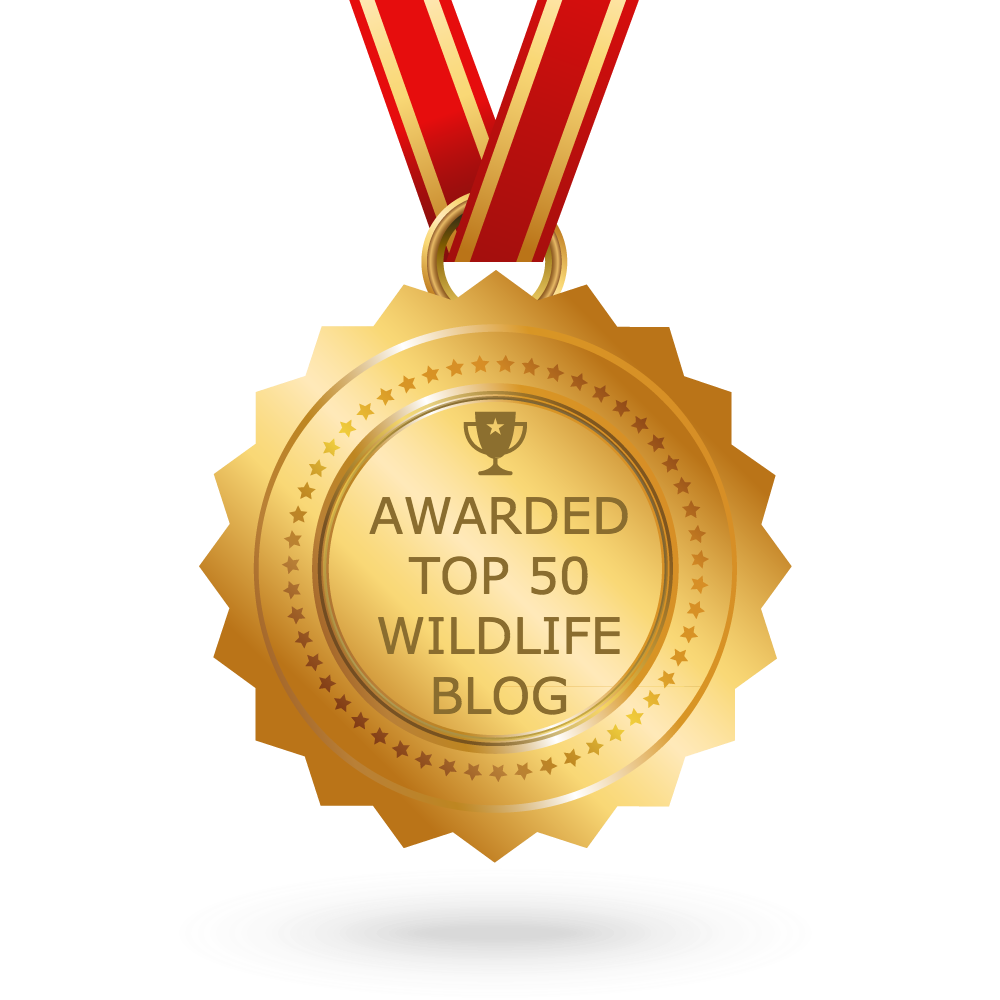New York City needs little introduction. A throbbing metropolis and concrete jungle where, as they say, if you can make it here, you can make it anywhere, because only the tough survive. Summers are hot and humid and the winters bitterly cold. When I arrived in the city my first impression was that this was not a place where nature could be found thriving, let alone surviving. But when one looks closely, it is surprising how many species have learned to co-exist with humans in this iconic city.

Manhattan is an island bordered to the east and west by the East River and the Hudson River, respectively. These water courses provide a welcome break from the concrete sprawl, for humans and wildlife alike. As the cold northern winter closes in and the temperature drops rapidly, these rivers and their surrounds begin to play host to water birds that migrate south from the frozen lands of Canada and Alaska. One of the species that arrived in abundance was the Brant Goose.

I moved to NYC in August, just in time to enjoy the tail end of a long hot summer. October arrived and the temperatures started to drop and continued dropping to levels of cold that I had not previously experienced. With the drop in temperatures, so the birds of the north arrived. I saw my first Brant geese on the banks of the Hudson River. A single pair of geese stood feeding on eelgrass growing on an exposed rock. They were much smaller than the Canada geese that I had become accustomed to seeing, so I grabbed the binoculars and was able to identify the first Brant that I had seen, making it an exciting moment.

For a short window of time each summer these small geese, approximately 63 cm (25 inches) long and weighing 1.5 Kg (3.5 lb.) vanish from New York as they head to the high Arctic coastal tundra of North America and Russian Siberia, where they breed in colonies. They are the most northerly breeding goose in the world. Male and female bond for life and are both active in raising the young in order to make the most of the short Arctic summer so they can head south before the freeze arrives.

As the grip of winter tightened, more Brant started to arrive, appearing in small groups of two to four along the river. For a short period of winter the temperatures dropped to -22 degrees Celsius (-7.6 degrees Fahrenheit) causing the Hudson to freeze over. In these harsh conditions the geese vanished for a while but soon returned as the ice thawed. As the first signs of spring arrived, I took a trip to Liberty State Park where I found the Brant in huge flocks, grazing on the park grass; flocks also grazed on Brooklyn Park to the east. The geese remained on the Hudson and in the surrounding parks until deep into May before taking flight on the long journey to the Arctic Circle.

European enthusiast will know this bird as the Brent goose. The names Brent and Brant originate from the word ‘brand’ which means burnt in Norse language. This is in reference to the charcoal colouration of the bird’s head and neck. There are two distinct sub-species of Brant goose; the Atlantic and the Pacific. The Pacific bird spends the winter in California and Mexico and breeds in Russia. It is distinguished from the Atlantic bird by its black underparts.
Whilst population numbers remain strong, the success of a breeding year is tied to the success of the lemming population. Why? In years where the lemming population crashes, the main predators of the lemming, the Arctic fox and Snowy owl, turn their attention to the Brant geese. It never ceases to amaze me how complex and intertwined the natural world is.
These beautiful birds provide yet another reminder that we can experience wildlife wherever we find ourselves. I look forward to watching the geese return this year, but know that with them will come the vicious winds and blinding snow of another New York City winter.
If you enjoyed this post, please comment and follow Incidental Naturalist.
Social media shares are welcomed.
Categories: USA





Thanks for this. I was wondering what species the tiny geese on Ellis Island were, and now I know.
LikeLiked by 1 person
Great! Yes, they are Ellis Island’s modern day migrants. 🙂
LikeLiked by 1 person
You don’t think of wildlife and NYC together unless it’s rats and pigeons! Hope you and your family are enjoying the big smoke. My brother in law lived in NYC and works in digital animation.
LikeLike
I hope to post a few more NYC wildlife articles while I’m here. I might even tackle rats or pigeons! 🙂
LikeLiked by 1 person
Haha you really should 🙂
LikeLiked by 1 person
Lovely geese 🙂 they’re adorable
LikeLiked by 1 person
ah yes they are Brent Geese across here but I’ve still to see one here in Scotland – I’ve just checked their distribution http://www.rspb.org.uk/discoverandenjoynature/discoverandlearn/birdguide/name/b/brentgoose/ and they seem to avoid Scotland – but I guess they will be passing visitors as they move north and south
LikeLiked by 1 person
I was raised in the South East of the UK where there are lots of winter Brent geese and yet I don’t ever remember seeing one, despite being an avid bird watcher all my life. Here is another useless fact for you; North Sea Brent crude oil is named after the goose.
LikeLike
David, I thought the first picture of the frozen Hudson River was land at first! I thought we had it harsh here but New York is much more extreme. Brrr Yes, there is wildlife to be found nearly everywhere if we look closely enough and your blog certainly highlights that. Another interesting post with beautiful pics, David. Thank you. 🙂
LikeLiked by 2 people
Good to hear from you, as always, Jane. The frozen Hudson was an amazing sight. I had to cross it by ferry to get to work and back. The ferry had to follow an ice-breaker to get through. The ice was thick and re-froze behind us. This gave a whole new meaning of the word cold! Thanks for the kind words. 🙂
LikeLiked by 2 people
Take heart David, the last two winters have been colder than average across most of the northern United States. With any luck this one will be more normal.
At any rate, thanks for putting this together. I always enjoy reading your posts.
LikeLiked by 1 person
Thanks Josh! I certainly hope for a slightly warmer winter or at least a shorter one!!
LikeLiked by 1 person
Agreed.
LikeLiked by 2 people
I’d never heard of these geese only canadian geese here in Delaware. Thanks for the information!
LikeLiked by 1 person
We don’t see Canada geese in my part of Canada much but my mom recently mentioned seeing pictures of migrating birds and loving it. I said it may be nice to see but we know what comes next so no thanks. I think my hummingbirds are gone so the rest of the travellers will be leaving soon too. Surrounded by chickadees tonight. One was trying to crack the hummingbird feeder.
LikeLiked by 2 people
If you’re hummingbirds are gone I will have to look out for them in New York, as they should be passing through!
LikeLiked by 1 person
I guess so. You were always talking about Singapore so I thought you were over there but guess you are more in my backyard so to speak. As said above, time for a better winter after two that were over the top. That said, September has been kind this year. Summer lives on though nights have begun to get cooler recently. I have seen a few red leaves but not many yet.
.
LikeLiked by 1 person
This weekend I saw my first Ruby-throated hummingbirds while I was walking in Connecticut. They are definitely heading south. I lived in Singapore for a few years, and Australia for a few more but I am currently living in New York. It has been a beautiful September. Let’s hope for a slightly more comfortable winter, although I still like to see some snow.
LikeLike
I suppose some snow is pretty to look at though not as much as last winter. It does seem to have a more mystical quality in British movies mainly because they don’t see so much of it there.
Really you only saw those hummingbirds this weekend for the first time? Cool! We are all connected somehow. Whenever I look on various websites it seems hummingbirds have people most enthralled. Beauties of the Americas! I believe the females at least spend most of their year here – about four months.
Today I saw Canada Geese on a property but although they were pecking at the grass (both times I drove past hours apart), I think they were fakes, if that is possible. I have seen fake still ones. We are not really on their path here generally though we get other migraters.
LikeLike
Perfect post! I like this blog!
LikeLiked by 1 person
Beautiful albatross
LikeLiked by 1 person
David,
Wow — your post is a really engaging read with great photos! I envy your ability to get closeups of these geese, which I’ve never had much luck finding in large flocks. It’s exciting to learn about the variations of Brants in North America, their breeding habits, and–especially for me–how the availability of lemmings can alter the prey-predator dynamic. affecting the population and well-being of Brants.
Cheers,
Hui
LikeLiked by 1 person
Thank you, Hui! The East coast Brants are not quite as tame as the local Canada geese but a little patience can get you quite close. I was also amazed to learn about the lemming connection. We seem to be a long way from fully understanding how interconnected everything in nature really is.
LikeLiked by 1 person
agreed — lots of patience is a must for wildlife photography. I find that if I remain still for 15-20 minutes, many bird species will forget that I am there. and on the other end of the spectrum, we get lucky with tame species like Buff-Breasted Sandpipers, who will walk right up to you as if they have known you all their lives. 🙂
LikeLike